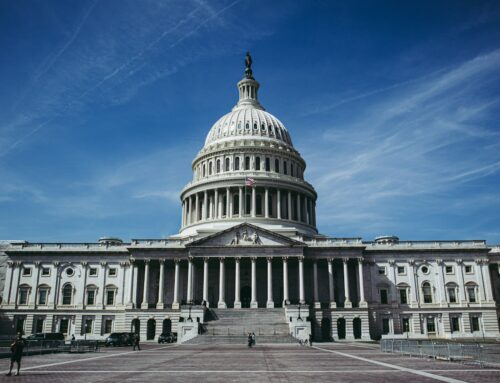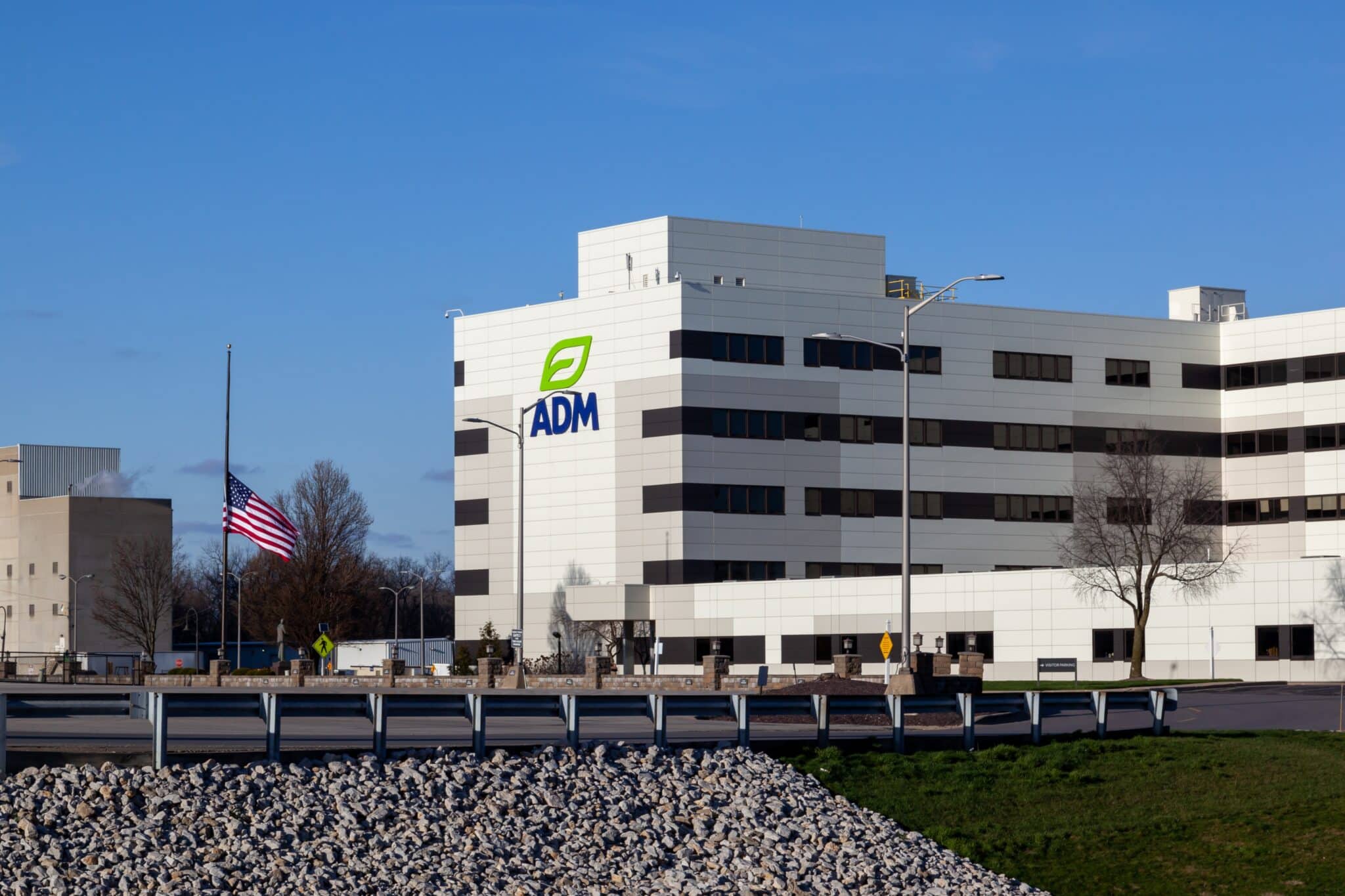This week, the Senate Appropriations Committee released its draft emergency spending bill for Sandy relief. Well, mostly Sandy relief. And, some of it is emergency spending. Considering the price tag exceeds $60 billion – which would be the largest single disaster relief bill ever and bigger than the entire Department of Homeland Security budget – lawmakers must scrub the bill to ensure only the most pressing and critical needs receive funding. No “nice-to-haves” or appropriating money that won’t be spent for years.
Too often lawmakers use the “emergency” designation to get around spending caps. It’s treated like free money. And while there is a definite need for disaster relief, loans, and rebuilding, we’re facing a fiscal cliff. Policymakers agreed to nearly $110 billion in across-the-board sequestration cuts in 2013 to supposedly force real spending, tax, and entitlement reform. A $60 billion emergency spending bill would wipe out over half the required savings.
As a former White House economic advisor, Keith Hennessy, has noted, the Office of Management and Budget developed a definition of emergency in 1991 that has been kicked around for years and included in several budget resolutions. It’s a multi-part test where all of the elements would have to be met to pass muster. To truly be considered an emergency, something must be:
1. necessary;
2. sudden;
3. urgent;
4. unforeseen; and
5. not permanent.
Note that necessary means critical and essential rather than nice to have. And sudden means it isn’t a solution to a long-existing problem. Finally, urgent means it must happen now. Unforeseen and not permanent are kind of obvious.
So while there are massive transit needs in the area hit by Sandy – New York and New Jersey subway systems, commuter trains, and other regional transit operations – it’s not all urgent. According to the Congressional Budget Office, of the $10.8 billion provided to the Federal Transit Administration in the Senate bill, only 15 percent of the funds would be spent by the end of fiscal year 2014 – that’s more than a year and half from now. In fact more than a quarter of the funds wouldn’t be spent until after September 30, 2018. That’s hardly urgent; there will be six annual spending cycles between now and then.
There are also policy provisions that get slipped into emergency spending bills. One permanent provision allows levee construction on lands the taxpayers have purchased from willing sellers because they were flooded frequently – moving people out of harm’s way. This provision applies to “Midwest” states that had a flooding disaster declaration in 2011. And it applies to lands previously purchased or those purchased a decade from now. Hmmmm. One of those states happens to be North Dakota, which happens to have a Senator (Hoeven) who sponsored just such a bill directed specifically at North Dakota. One problem is the House soundly rejected the measure 126-254 in July. It also turns the intent of buyouts on its head. The whole point of buyouts is to make people less vulnerable to flooding. Turning around and building a levee that will induce high-risk development is an insult to taxpayers and puts people in harm’s way.
A lot of the bill is also questionable on the necessary angle. Do we need to spend $20,000 so the Department of Justice Inspector General can replace a car? Or give the Corps of Engineers the ability to authorize any project for construction that they think is cost-effective, while taxpayers foot 90 percent of the bill? Or authorizing a half billion dollars to dredge waterways not even affected by Sandy – is that unforeseen?
We are a federal government. We have a responsibility to help out the states and localities affected by Sandy. But we cannot just open the checkbook. We have to prioritize our investments and rebuild wisely. Because blowing a bigger hole in the treasury is just a disaster of a different sort.










